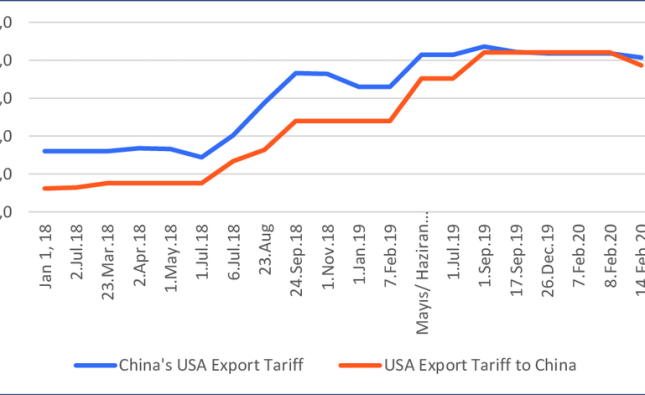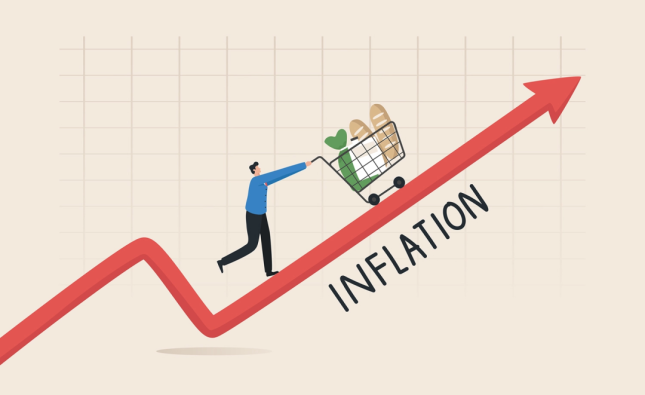
The foreign exchange (Forex) market is one of the largest and most liquid markets in the world, with trillions of dollars traded daily. Managing Forex assets involves navigating a complex landscape of market dynamics, strategies, and regulatory environments. This article delves into the intricacies of Forex asset management, providing a comprehensive understanding of the key elements involved, as well as a comparative analysis of various approaches.
Understanding Forex Asset Management

Forex asset management refers to the professional management of Forex trading accounts by experts or firms on behalf of investors. The goal is to achieve favorable returns by leveraging the volatility and liquidity of the Forex market. This involves a range of activities, including market analysis, risk management, and strategic trading.
Key Components of Forex Asset Management
1. Market Analysis: Effective Forex asset management begins with thorough market analysis. This includes both technical analysis, which involves studying price charts and using indicators, and fundamental analysis, which focuses on economic indicators, geopolitical events, and market sentiment.
2. Risk Management: Managing risk is crucial in Forex trading. This involves setting stop-loss orders, using leverage judiciously, and diversifying trading strategies to mitigate potential losses.
3. Strategic Trading: Forex asset managers employ various trading strategies such as scalping, day trading, swing trading, and position trading. Each strategy has its own risk and reward profile and is chosen based on the client’s investment goals and risk tolerance.
The Role of Technology in Forex Asset Management
Technology plays a significant role in modern Forex asset management. Advanced trading platforms, algorithmic trading, and AI-driven analytics are transforming how Forex assets are managed. These technologies enable faster decision-making, enhanced accuracy in trade execution, and improved risk management.
1. Trading Platforms: Robust trading platforms provide asset managers with real-time data, advanced charting tools, and automated trading capabilities.
2. Algorithmic Trading: Algorithms can execute trades based on predefined criteria, reducing human error and allowing for high-frequency trading.
3. AI and Machine Learning: These technologies are used to analyze large datasets, identify patterns, and predict market movements, providing a competitive edge in trading.
Regulatory Environment in Forex Asset Management
Forex trading is subject to various regulations across different jurisdictions. Understanding and complying with these regulations is essential for asset managers to operate legally and protect their clients’ interests.
1. Regulatory Bodies: Key regulatory bodies include the U.S. Commodity Futures Trading Commission (CFTC), the Financial Conduct Authority (FCA) in the UK, and the Australian Securities and Investments Commission (ASIC).
2. Compliance Requirements: Regulations typically cover aspects such as leverage limits, disclosure requirements, anti-money laundering (AML) protocols, and client fund protection.
Comparative Analysis of Forex Asset Management Approaches
The table below compares different approaches to Forex asset management based on key criteria such as risk level, return potential, required expertise, and time horizon.
| Approach | Risk Level | Return Potential | Required Expertise | Time Horizon |
|---|---|---|---|---|
| Self-Managed | High | Variable | High | Short to Long |
| Managed Accounts | Medium | Consistent | Medium | Medium to Long |
| Automated Trading | Medium | High | High | Short to Medium |
| Forex Funds | Low | Moderate | Low | Long |
Case Studies in Forex Asset Management
To illustrate the practical application of different Forex asset management strategies, let’s examine two case studies.
Case Study 1: Self-Managed Accounts
John, a retail investor with a background in finance, decided to manage his own Forex trading account. He employed a combination of technical analysis and fundamental analysis to inform his trades. By dedicating several hours each day to market research and trade execution, John was able to achieve significant returns over the course of a year. However, he also experienced periods of high volatility and substantial losses, highlighting the risks associated with self-managed accounts.
Case Study 2: Managed Accounts
Sarah, a busy professional, opted for a managed Forex account with a reputable asset management firm. The firm employed experienced traders who used a diversified trading strategy, balancing high-frequency trades with longer-term positions. Sarah’s account demonstrated steady growth with lower volatility compared to John’s self-managed account. The managed account approach provided her with professional oversight and reduced the stress and time commitment associated with active trading.
Analysis Table: Key Elements of Forex Asset Management
The following table analyzes the key elements involved in Forex asset management, outlining their importance and impact on trading outcomes.
| Key Element | Importance | Impact on Trading Outcomes |
|---|---|---|
| Market Analysis | High | Informs trade decisions and timing |
| Risk Management | Critical | Protects capital and minimizes losses |
| Strategic Trading | High | Determines risk/reward profile |
| Technology | High | Enhances efficiency and accuracy |
| Regulatory Compliance | Essential | Ensures legal operation and client protection |
Best Practices for Forex Asset Managers
To navigate the complexities of Forex asset management successfully, professionals should adhere to best practices:
1. Continuous Education: The Forex market is dynamic. Staying informed about market trends, new technologies, and regulatory changes is crucial.
2. Diversification: Employing a variety of trading strategies and asset classes can help mitigate risk and enhance returns.
3. Client Communication: Maintaining transparent and regular communication with clients builds trust and ensures alignment with their investment goals.
4. Robust Risk Management: Implementing comprehensive risk management protocols is essential to safeguard client assets and ensure sustainable trading practices.
5. Ethical Standards: Adhering to high ethical standards and regulatory requirements is fundamental for maintaining credibility and protecting clients’ interests.
Conclusion
Forex asset management is a multifaceted discipline requiring a deep understanding of market dynamics, strategic acumen, and rigorous risk management. Whether managed independently, through professional firms, or via automated systems, successful Forex asset management hinges on a combination of knowledge, technology, and adherence to best practices. By navigating the complexities of this domain with a structured approach, investors can potentially achieve favorable outcomes while mitigating the inherent risks of the Forex market.










